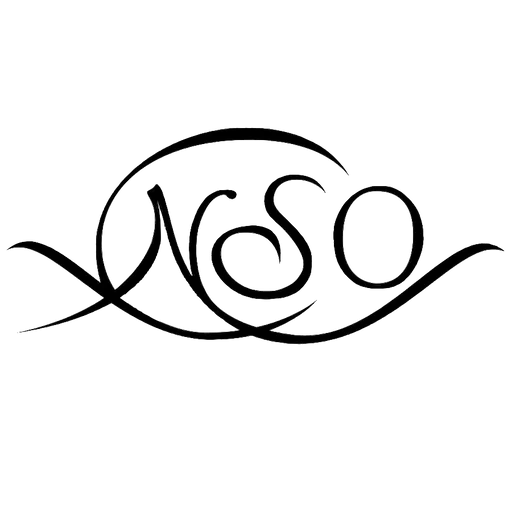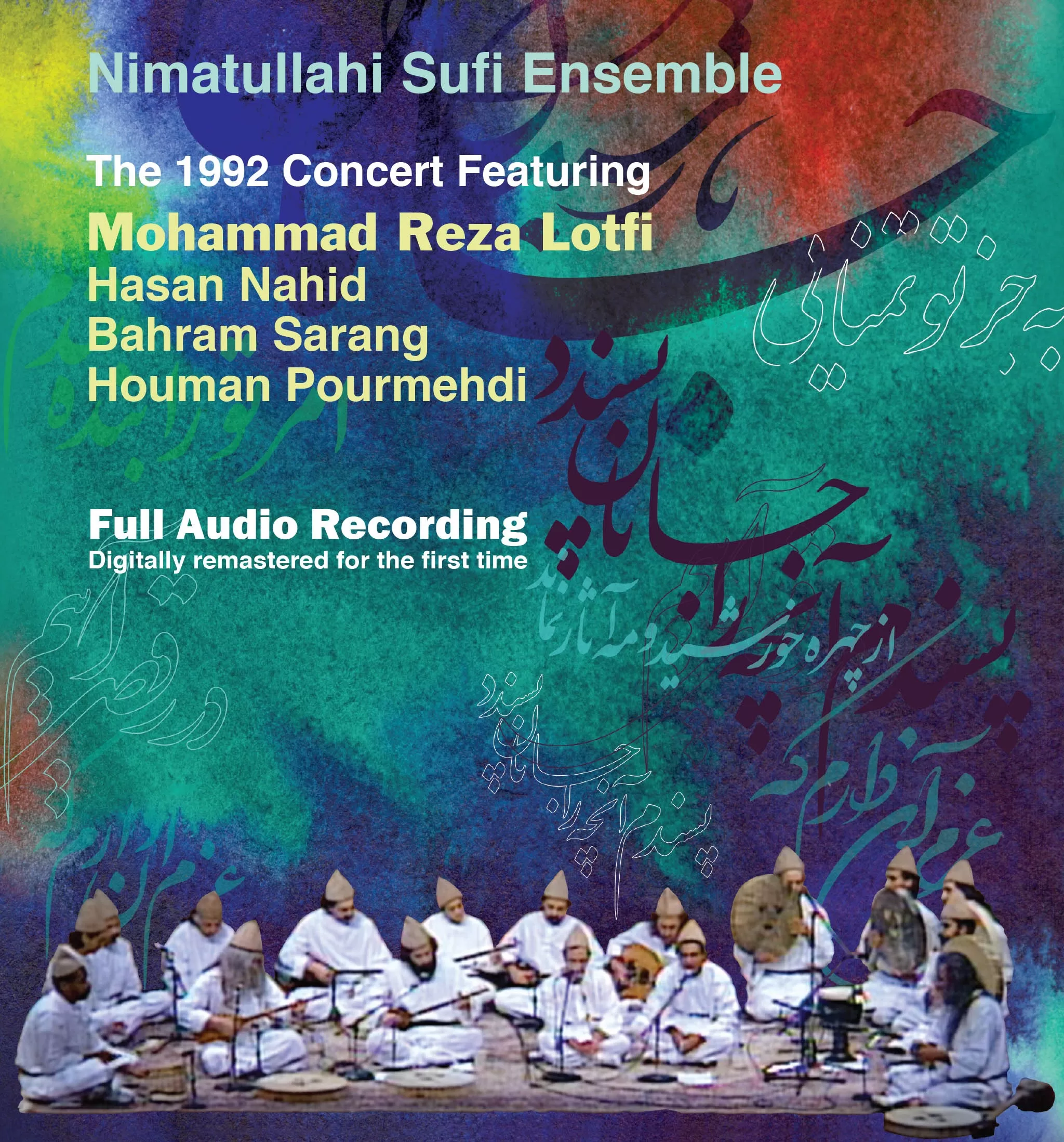Available from Sufi Journal via a digital subscription
This featured concert was part of the “Persian Sufism from its Origins to Rumi” conference that took place at George Washington University in 1992. The musical event was designed to provide the public with an experience of Sufi music of Iran, a devotional music that is often played at Sufi gatherings as a way of aiding and enhancing spiritual practice.
The concert brought together musicians from both Persian classical and Sufi music traditions and resulted in a musical evolution grounded in spiritual purpose. As such, it pioneered a broader movement within classical music production in Iran during the 1990’s which aimed at bridging the gap that had historically existed between Sufi music and Persian classical music.
Persian classical music and Sufi music share common instruments, melodies, and poetry. However, they are rooted in different traditions: Sufi music is based on an oral tradition and more aligned with folk music whereas classical Persian music is grounded in classical scales (radif) that developed under the heavy influence of Western classical music. Moreover, their function is entirely different. Classical Persian music is meant to be enjoyed and appreciated as a performative art form. Sufi music on the other hand, aims to transport the listener to a place outside of the self, gradually guiding one into meditation and leading to an experience of transcendence.
The most intense experience of Sufi music happens in sama’. In Sufi terminology sama’ refers to the use of music with Sufi poetry to induce ecstasy (wajd), and is usually combined with zikr (the repetition of names of God or phrases describing God).
The concert begins in a conventional fashion with an introductory melody (daramad), moving seamlessly through various pieces in Shur until it transitions to a musical rendition in the zurkhaneh genre (music played in traditional Iranian gymnasiums), representing the tradition of chivalry (javanmardi) central to Sufi virtues. It culminates in a climactic melody (o’j) where ecstasy occurs, and closes with a collective chant, a rare public performance of a zikr session. The poems that are performed—all written by Sufi Masters—were chosen by Dr. Javad Nurbakhsh, the late Master of the Nimatullahi Order, and interpreted by musicians, most of whom were followers of the Path. Some of the melodies of the concert were based on earlier musical performances (most notably by Abol-Hasan Hakim Elahi) at the Nimatullahi Sufi House in Tehran.
Beyond the form and structure of the concert, the conditions under which the performers practiced and composed the music ties the concert to the Sufi way of life. The concert’s composers and performers included masters of classical music, other professional musicians, and amateur performers with Sufi affiliations to different orders. They lived together for a month in the Nimatullahi Sufi House in Washington, DC—eating, sleeping, and practicing under the same roof, emulating communal Sufi ways of life.
Most profoundly, the concert offered a spiritual experience for performers and listeners that rippled forward and continues to evolve. We invite you to embark on a meditative journey to explore and be enlivened by this music. Move through the experience in your time and place, opening your heart to the passion of love, yearning and devotion.

